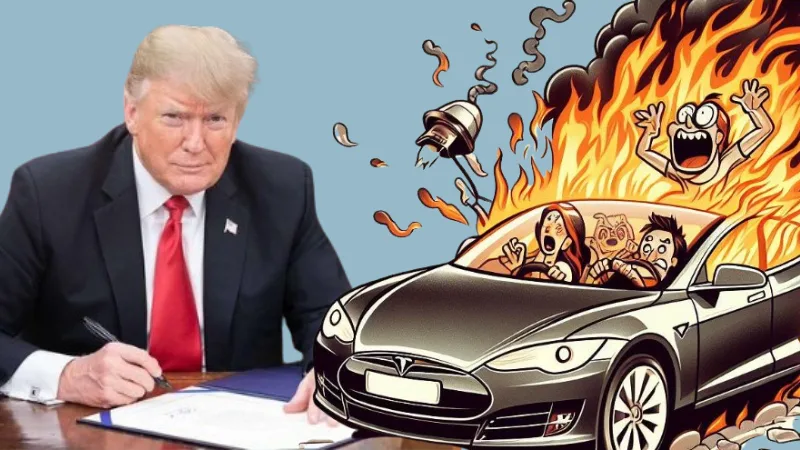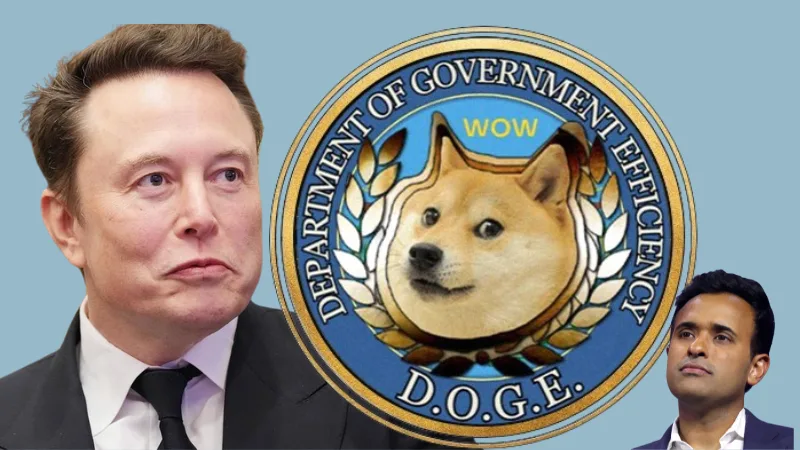The “American Century,” a term coined by Henry Luce in 1941, described an era where the United States led the world economically, politically, and culturally. By building strong alliances, fostering free trade, and promoting democracy, the U.S. established itself as the global superpower. However, Donald Trump’s “America First” approach has significantly altered this framework, bringing economic impacts that ripple through households, businesses, and markets.
This shift marks a pivotal change in how America engages with the world—and the consequences are already being felt.
1. Global Trade Policies: The Cost of Protectionism
Trump’s tariff policies are among the most prominent changes, aiming to protect domestic industries from foreign competition. However, these tariffs have unintended consequences that directly affect American consumers and businesses.
Example: Tariffs on Chinese Goods
In 2018, the administration imposed tariffs on $250 billion worth of Chinese imports, including consumer electronics, furniture, and clothing. This policy raised the price of everyday goods:
- Electronics: Prices for smartphones, laptops, and TVs increased by 10%-20%.
- Groceries: Tariffs on steel and aluminum indirectly affected food prices due to increased costs for cans and packaging.
Impact on Households
A study by the Federal Reserve estimated that the trade war with China cost the average American household about $400 per year in higher prices and lost purchasing power. Middle- and lower-income families, who spend a larger portion of their income on essentials, felt this impact the most.
Impact on Industries
- Manufacturing: Companies reliant on imported parts, like automakers and appliance manufacturers, faced increased costs. For instance, Ford and General Motors reported billions in added expenses due to steel tariffs.
- Agriculture: Retaliatory tariffs from China and the EU reduced demand for American soybeans, pork, and dairy, leading to a 20% drop in exports. Farmers in Iowa and Wisconsin saw record bankruptcies, despite government subsidies to offset losses.
2. The Dollar’s Decline and Rising Inflation
Trump’s threats to impose tariffs on countries moving away from the U.S. dollar as the global reserve currency created instability. A weakened dollar has mixed effects:
- Negative: Import prices rise, driving inflation and increasing costs for essential goods like fuel and medicine.
- Positive: U.S. exports become more competitive globally, potentially benefiting manufacturers and farmers.
Example: BRICS Bloc
The administration’s tense relations with the BRICS nations (Brazil, Russia, India, China, and South Africa) highlight these dynamics. In response to the bloc’s push for alternatives to the dollar, Trump threatened a 100% tariff on imports from member nations. This escalated tensions, leading to reduced trade flows and a slowdown in foreign investment.
3. Declining Foreign Investment: Fewer Jobs, Less Innovation
Foreign investment has long been a driver of U.S. economic growth, creating jobs and funding innovation. However, Trump’s restrictive policies, coupled with a reputation for unpredictability, have made the U.S. less attractive to global investors.
Examples of Decline
- Technology Sector: Major tech firms like Google and Apple, which depend on skilled immigrant labor, have struggled to retain talent due to stricter visa rules.
- Manufacturing: Japanese automakers like Toyota reduced plans for new U.S. plants, citing uncertainty over trade policies.
Impact on Local Economies
States like South Carolina, which benefited from foreign investments in automotive manufacturing, saw slower growth. Reduced investment has also hurt infrastructure projects and job creation, particularly in rural areas.
4. Small Businesses Face Steeper Challenges
Small businesses often lack the resources to absorb the increased costs of tariffs or navigate new trade barriers. Many have been forced to raise prices, cut staff, or shut down entirely.
Example: Retailers and Importers
A small clothing retailer sourcing products from Asia faced a 25% tariff on inventory. Unable to pass the full cost onto customers, the owner had to lay off workers and reduce store hours.
Impact on Supply Chains
Small manufacturers relying on just-in-time supply chains faced delays and higher costs as tariffs disrupted shipping logistics. This issue compounded during the pandemic, when supply chains were already stretched thin.
5. The Opportunity Cost of Climate Leadership
America’s withdrawal from the Paris Climate Accord and reduced focus on renewable energy have economic implications:
- Job Losses: States like California, which lead in solar energy production, have missed opportunities for federal support.
- Missed Growth: The global green energy market is expected to grow to $1.9 trillion by 2030, with countries like China and Germany taking the lead in clean energy exports.
Example: Solar Industry Decline
The Solar Energy Industries Association reported that tariffs on imported solar panels increased costs by 16%, slowing installation rates and resulting in job losses in states like Texas and Florida.
6. Middle-Class Families Bear the Brunt
The economic shifts under “America First” policies have disproportionately impacted middle-class families:
- Higher Costs: Groceries, fuel, and healthcare have become more expensive due to inflationary pressures from tariffs and currency volatility.
- Job Uncertainty: Industries affected by trade disruptions—manufacturing, agriculture, and retail—have seen widespread layoffs.
- Limited Opportunities: Reduced foreign investment and a retreat from global trade agreements have constrained job growth in sectors like technology and infrastructure.
7. The Long-Term Costs of Isolationism
America’s retreat from global leadership risks economic isolation. Key trading partners are forming alliances that exclude the U.S., such as the EU’s trade agreements with Canada and Japan. Without access to these markets, American businesses face limited growth opportunities, potentially slowing GDP growth.
Example: The CPTPP
The Comprehensive and Progressive Agreement for Trans-Pacific Partnership (CPTPP) replaced the original TPP after the U.S. withdrew. Countries like Japan, Australia, and Vietnam now enjoy lower trade barriers with one another, sidelining American exporters.
Conclusion: A New Economic Reality
The shift from a collaborative global leadership model to an “America First” approach has redefined America’s economic relationships. While some industries and workers have benefited, many Americans face higher costs, fewer opportunities, and increased economic uncertainty.
As the U.S. grapples with this transition, it must consider whether the gains from unilateral policies outweigh the costs to its citizens. Without a clear strategy to balance domestic priorities with global engagement, the economic legacy of the “America First” era could be one of lost opportunities and diminished influence.






